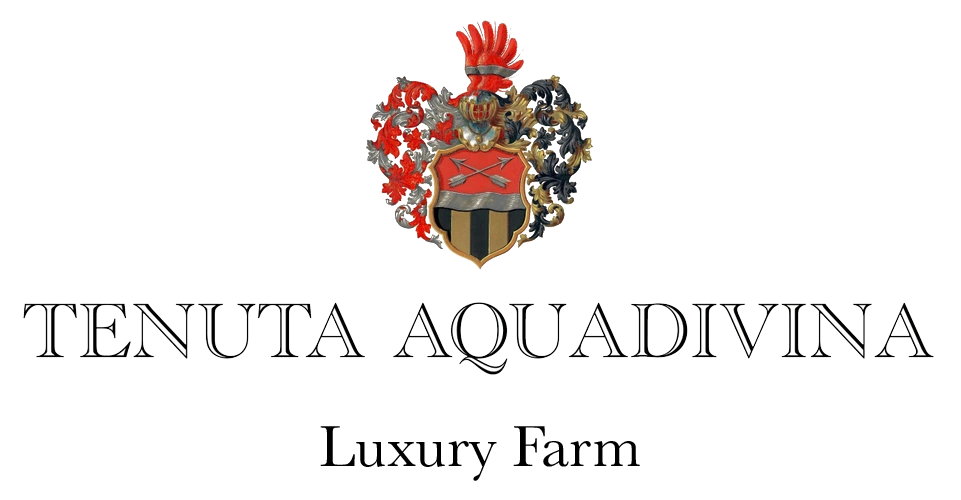Rosato Aquadivina 2023
The Aquadivina Rosato wine is obtained from the soft pressing of only Sangiovese grapes.
The result is a fragrant nose with hints of peach, citrus flowers and white flower, an explosion of freshness and nature.
In the mouth sapidity, a persistent acidity in the finish accompanied by a taste of apricot pulp are its main characteristics.
A wine that comes from grapes grown with the biodynamic method, vinified to maximize the unique characteristics of the Aquadivina terroir and ready to be enjoyed with the flavors of Mediterranean and Tuscan cuisine.

Our grape varieties
Tenuta Aquadivina has black, red and white grape varieties: the former are young and will initially be vinified as rosé; the latter were planted recently and are, like all the others, part of the indigenous varieties of the area.
The varieties grown are typical Tuscan:
- Sangiovese: one of the most widespread black grape varieties in Tuscany. The Sangiovese wine is of a transparent ruby colour that tends to garnet with age.
The aroma on the nose combines floral notes (violet and iris) with juicy red fruits (cherry, sour cherry, raspberry) and blood oranges; spicy hints of black pepper and notes of humus, fern, moss and thyme are added.
On the palate, the Sangiovese wine is enveloping, warm and full-bodied, overpoweringly tannic and with a distinct acidity. - Ciliegiolo: a fresh and fragrant black grape variety, named for its unmistakable cherry aroma. It is often used as a backing to Sangiovese in order to obtain wines that are even more pleasant and vigorous on the nose.
It can give rise both to wines with intense aromas of fresh red fruit as well as to structured wines with good alcohol content and excellent resistance to ageing after drying. - Canaiolo: a red grape variety indigenous to Tuscany. It produces wines with a good alcohol content and a soft, velvety taste, which are mainly used for blends.
- Malvasia bianca lunga or Malvasia del Chianti: a white grape variety belonging to the broader Malvasia family. It has existed in Tuscany for centuries and was also part of the original Chianti recipe, completed by Bettino Ricasoli in 1870: as a matter of fact it was grown in mixed vineyards with Trebbiano Toscano, Sangiovese and Canaiolo nero (hence the name Malvasia del Chianti).
It has a spicy musky and apricot fragrance and rather high sugar residues: these characteristics make it particularly suitable for the production of sparkling wines and passito. It is often vinified in blends with Trebbiano Toscano to make dry and sweet white wines. - Trebbiano Toscano: a white grape variety belonging to the wider Trebbiano family, known in Italy since Roman times. It is exceptionally vigorous, with late budding and ripening, it is characterised more by productivity than personality and, thanks to the considerable acidity it imparts to wines through its musts, it is perfect for drying (e.g. in Vin Santo del Chianti).
The wines made from Trebbiano Toscano are generally dry and of high acidity, light and with little character. Precisely for these reasons, the vine is generally vinified in blends with other grapes, as in the case of Vin Santo, which acquires aroma thanks to Malvasia.








